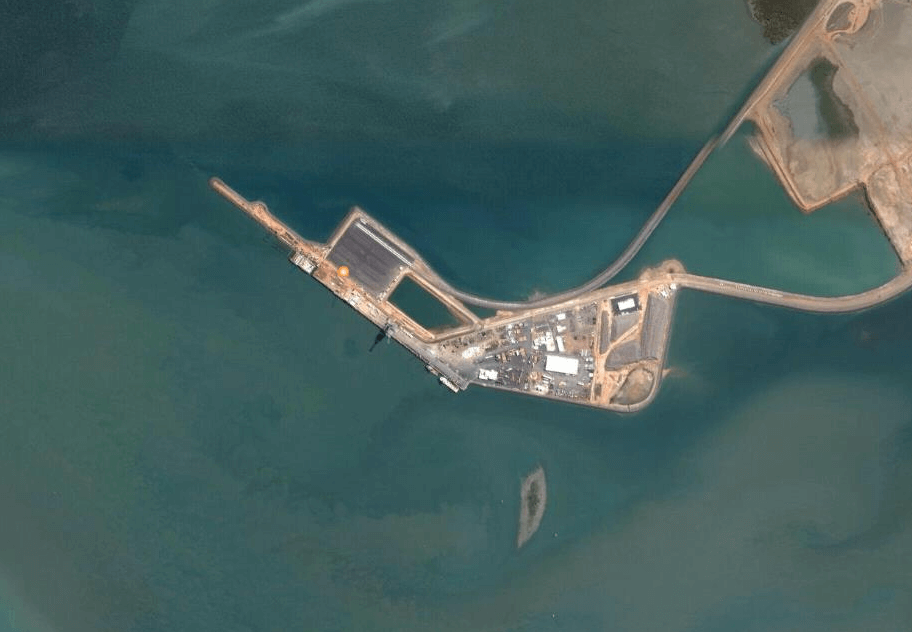
Darwin East Arm Port
Location: Darwin, Australia
Dates: 2008
The first stage of the berthing facility at the Darwin East Arm Port was constructed between 1997 and 1998. The structure comprises a 25.5m deep sheet-piled quay wall driven into rock with two levels of tie rods. Settlement of the retained fill and the seaward and landward crane rail beams were experienced both during and following construction. This in turn caused the downward bending of the lower level of tie rods which started to fail at the rate of three ties per year. This rate was expected to increase as the condition of the ties started to deteriorate due to corrosion and probable fatigue. Remedial works comprised the removal of overstressed and cracked sections of tie rods (requiring excavation to the level of the lower tie rods), followed by the installation of new tie rod sections with flexible couplings immediately behind the capping beam and at a distance of about 4m from the capping beam.
GCG was commissioned to summarise the current condition of the wharf and to examine proposed remedial works to the lower level tie rods. GCG carried out a series of two and three dimensional finite element analyses, as well as limit equilibrium calculations. The numerical analyses showed that the forces in the ties increased significantly as a result of fill settlement resulting in loads that were significantly in excess of the design loads, thus supporting field observations. They confirmed that the situation was unacceptable, and the proposed remedial work required immediate action. The FE analyses examined tie and wall displacements during the excavation and backfilling over the ties, with small predicted displacements during all stages of the proposed remedial work.